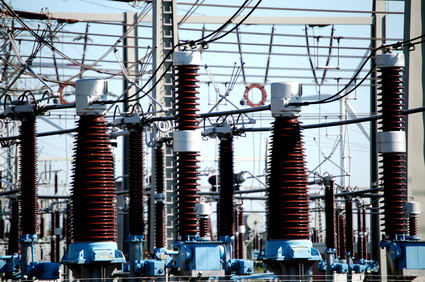 |
Informationen über Rechtsvorschriften der EU |
|
Richtlinie 2014/35/EU
Niederspannungsrichtlinie |
Impressum / Kontakt Datenschutzerklärung
Please find here information of the European Commission - Internal Market, Industry, Entrepeneurship and SMEs
The low voltage directive (LVD) (2014/35/EU) ensures that electrical equipment within certain voltage limits provides a high level of protection for European citizens, and benefits fully from the single market. It has been applicable since 20 April 2016.
About the low voltage directive (LVD)
The LVD covers health and safety risks on electrical equipment operating with an input or output voltage of between
-
50 and 1000 V for alternating current
-
75 and 1500 V for direct current
It applies to a wide range of electrical equipment for both consumer and professional usage, such as
-
household appliances
-
cables
-
power supply units
-
laser equipment
-
certain components, e.g. fuses
EU legislation in the electrical sector is important to ensure that health and safety requirements are the same across Europe for products placed on the market.
The general product safety directive (2001/95/EC) covers consumer goods with a voltage below 50 V for alternating current, or below 75 V for direct current. It aims to ensure that only safe consumer products are sold in the EU.
Implementation and guidance
National authorities are responsible for implementing and enforcing the LVD – this is because they transpose the provisions of EU directives into their own national legislation.
These guidelines on the LVD have no weight in law, but they explain various elements of the directive and its application. The Commission drafted the guidelines in collaboration with stakeholders such as national authorities, industry bodies and standardisation bodies.
Economic operators can discuss specific implementation issues with national implementation authorities.
The LVD is aligned with the new legislative framework policy and has replaced Directive 2006/95/EC, while keeping the same scope and safety objectives. Guidance on the LVD transition from 2006/95/EC to 2014/35/EU is available.
Further guidance is available from the LVD working party (LVD WP) and LVD administrative cooperation working group (ADCO).
Supplementary guidance on LVD/EMCD/RED (combined equipment) (146 kB)
Working party (LVD WP)
The working party (LVD WP) deals with general policy issues related to managing and implementing the LVD.
LVD WP is chaired by the Commission and involves groups such as
-
authorities from EU countries
-
standardisers
-
industry stakeholders
Documents produced by LVD WP are not legally binding – rather, they are designed to clarify certain provisions or elements of the LVD.
Administrative cooperation working group (LVD ADCO)
LVD ADCO is an independent working group run and chaired by EU countries. It provides a forum where national market surveillance authorities can cooperate and exchange information.
LVD ADCO produces documents such as recommendations and reports of cross-border market surveillance projects. These documents are not legally binding and do not necessarily represent the opinion of the Commission or the LVD WP.
Market surveillance authorities can decide to apply the principles of LVD ADCO documents – but they must still comply with the LVD.
Existing ADCO recommendations
ADCO reports and information documents
-
Information sheet on fusing resistor applications (48 kB) – May 2014
-
LED and compact fluorescent lamps project (205 kB) – October 2014
-
Non-functional hot surfaces project (2 MB) – April 2014
-
Pumps, electrical appliances - mobile swimming pools (37 kB)
-
Luminaires: cross-border market surveillance – final report (557 kB), press release
-
Electrical safety of cord extension sets (492 kB) – final report: market surveillance campaign 2007
Commission opinions regarding LVD
